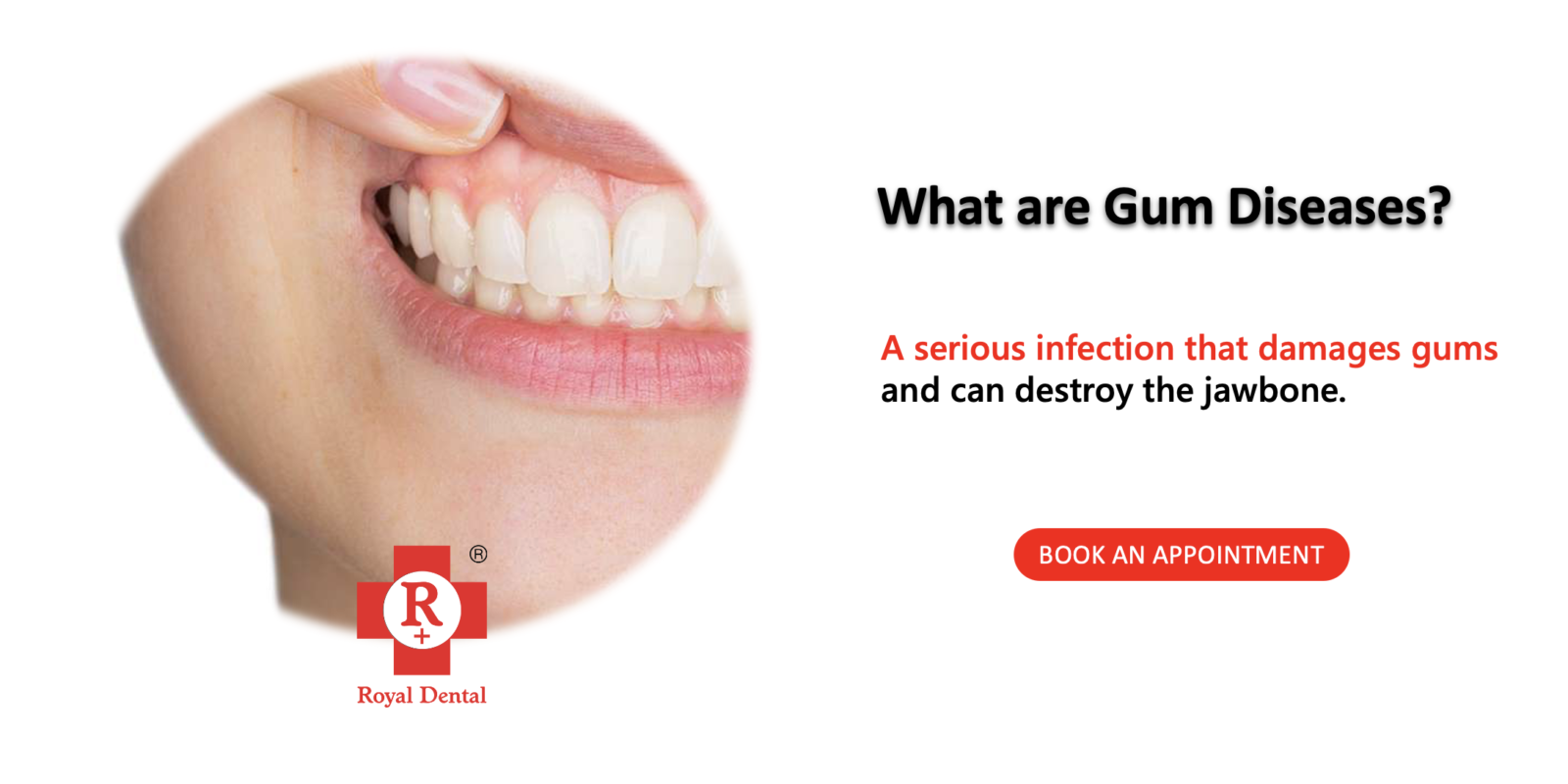When you read about gum disease, you might think it’s something that only older people get. But this isn’t true! Anyone can develop gingivitis or periodontitis — regardless of their age — and once these conditions take hold, they can progress quickly. If you want to prevent gum disease in the first place and treat it if it does strike, read on for everything you need to know about this unpleasant condition. Gum disease can be either gingivitis — an infection of your gums — or periodontitis!
What is gum disease?
It is an infection of the tissues surrounding your teeth. Once this disease takes hold, it can be hard to reverse, since the infection can spread to the bones that hold your teeth in place. If left untreated, gum disease can damage the roots of your teeth, making them less sturdy and more likely to fall out. This is even more true if you have diabetes, since high blood sugar can put you at an increased risk of gingivitis or periodontitis.
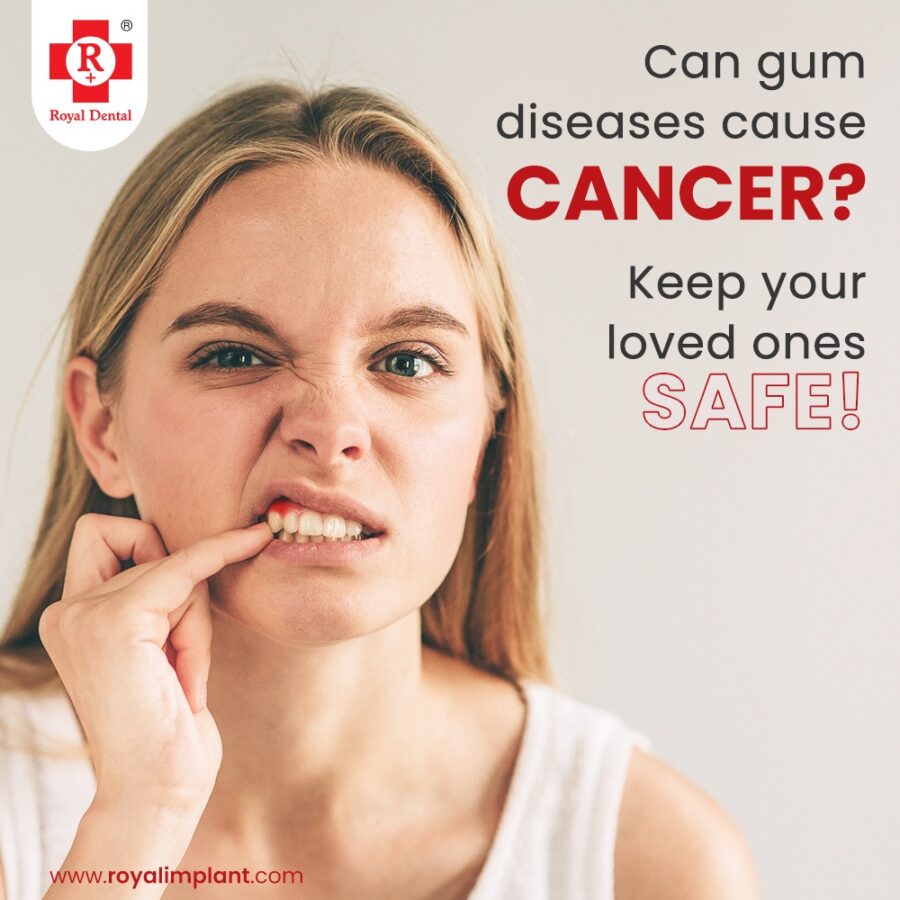
Gum disease can be either gingivitis — an infection of your gums — or periodontitis, which affects the tissues that hold your teeth in place. Both conditions can make your gums feel tender and swollen, and if they’re left untreated, they can eat away at your teeth and lead to tooth loss. If you’re at risk of gum issues, it’s important to take steps to prevent it and to catch it early if it does strike.
How does gum disease occur?
If you have gum issues, your body is fighting an infection that’s likely caused by bacteria in your mouth. The first step is to treat the bacteria attaching to the gums surrounding your teeth. If you don’t brush and floss regularly, these bacteria can build up, turning into plaque. As plaque collects, it becomes sticky and hard to remove — so regular brushing and flossing can help keep your teeth and gums healthy. Plaque can also break down into toxins that irritate gum tissue. If you don’t remove plaque using a toothbrush and floss, it can harden into tartar. If you don’t remove plaque and tartar, it can lead to gum disease.
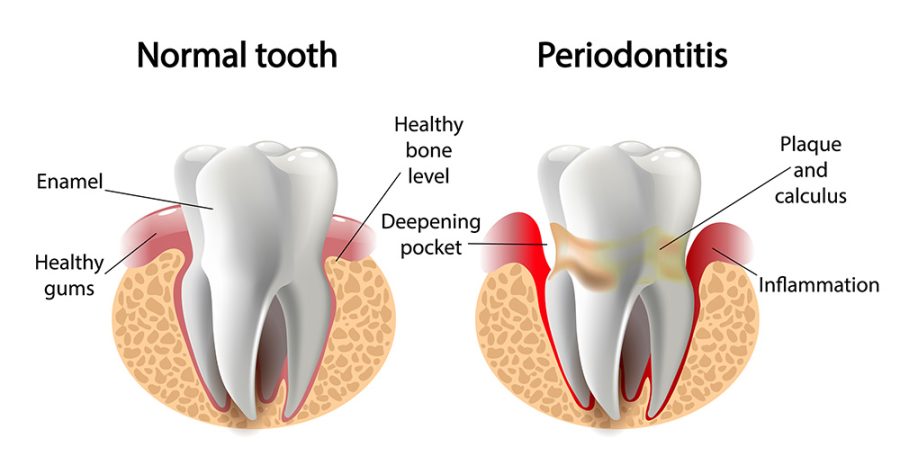
Signs and symptoms of gum disease
Swelling or tenderness in your gums. – Red or swollen gums are a sign of gingivitis, while pus-filled bumps indicate periodontitis.
Teeth that feel loose or are shifting out of place. – Your dentist will check for these signs to determine if you have gum disease and need treatment.
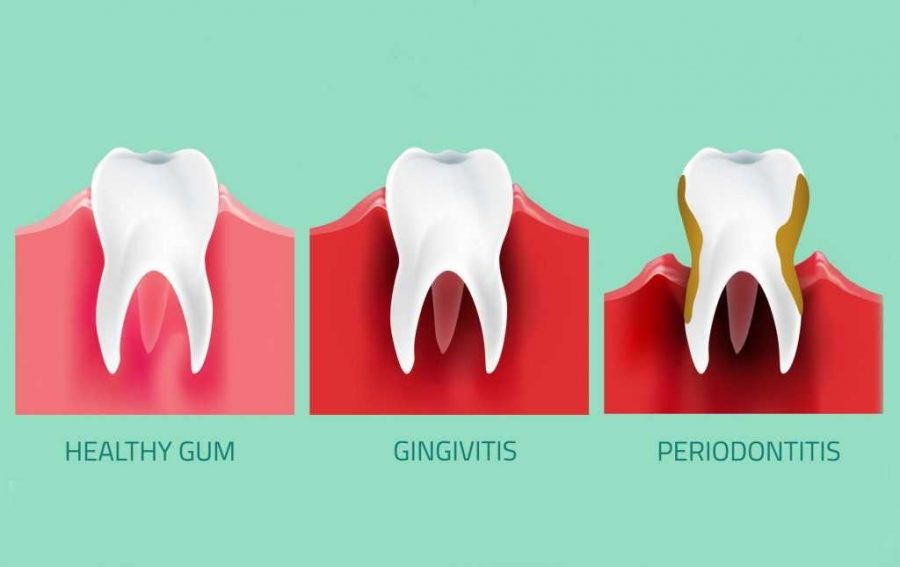
Yellow or brown stains around your teeth. – Tartar is made up of minerals, food particles, and bacteria that have built up around your teeth, and it can stain your teeth.
Bad breath. – Gum disease can cause bacteria to build up in your gums, teeth, and tongue, which can lead to bad breath.
Treating gum disease: What works and what doesn’t
This is a serious condition that can cause lasting dental damage. If left untreated, it can lead to tooth loss. Fortunately, though, gum issues is also highly treatable. There are a number of ways to treat gum issues, such as scaling and root planing, surgery, or medication.
Scaling and root planing– If you have moderate to severe gum disease, your dentist may recommend scaling and root planing. This procedure helps remove plaque and tartar from your teeth and gums, easing gum disease symptoms.
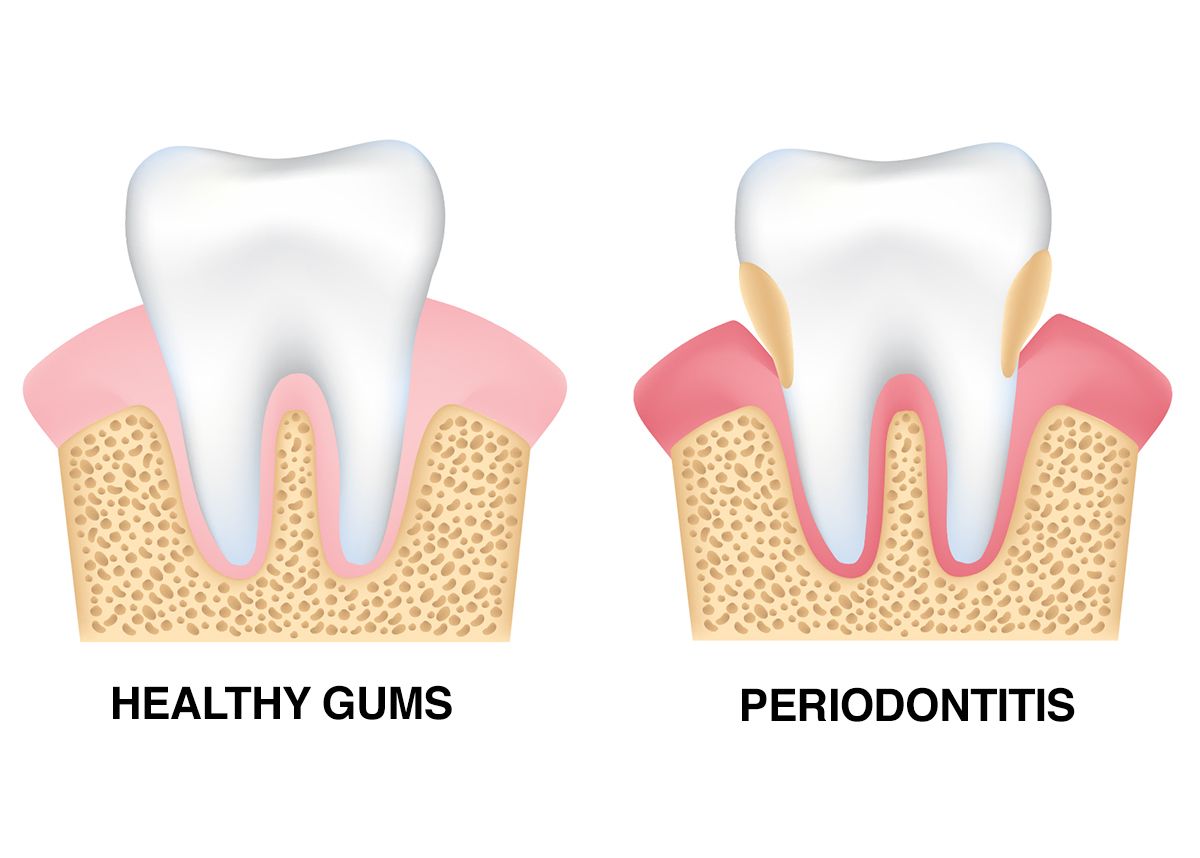
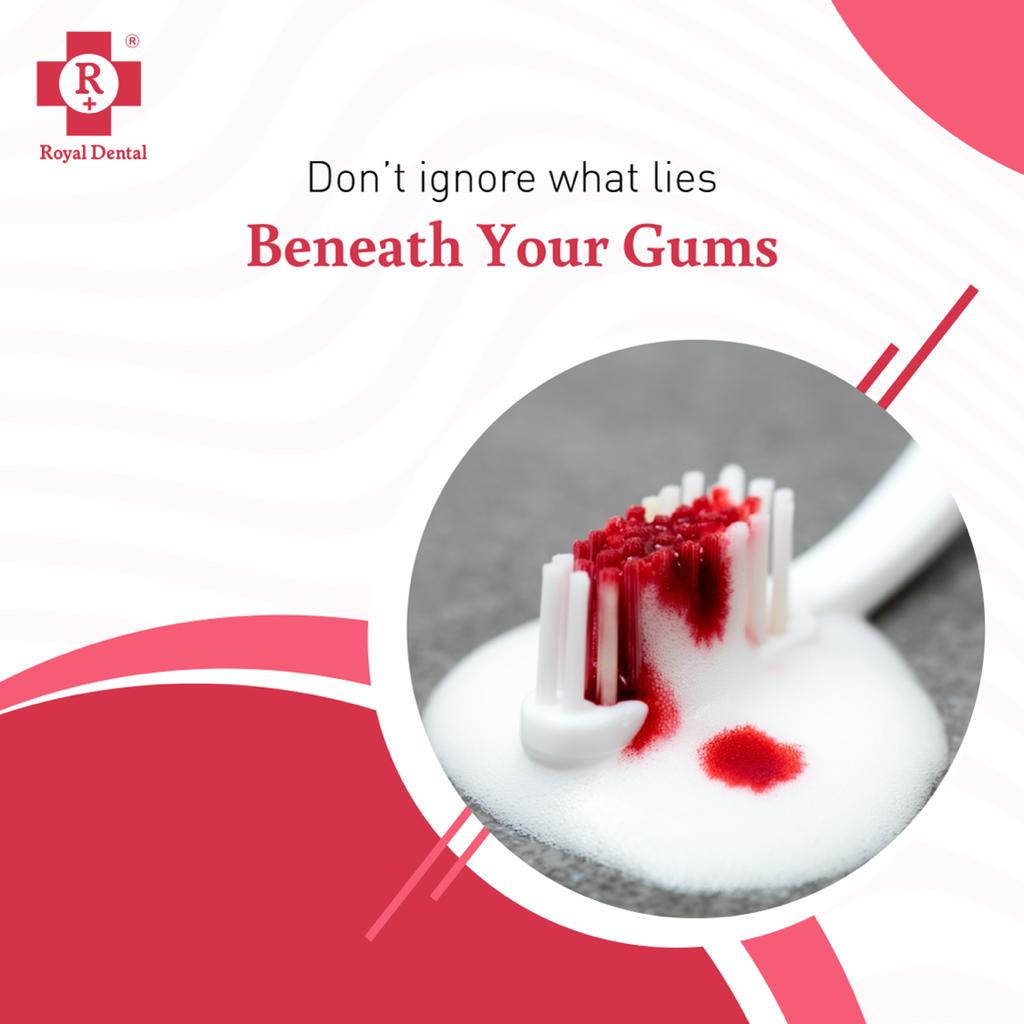
Surgery– If you have severe gum issues, your dentist might suggest surgery to remove a portion of your gums that are infected. This will allow your teeth to be more easily cleaned and help prevent further them.
Medication– Your dentist may recommend medication, such as antibiotics, to treat gum disease. Medication can help fight the infection, but it isn’t as effective at removing plaque and tartar.
Things you can do to help prevent gum issues!
The best way to prevent gum disease is through regular oral hygiene. As such, regularly brushing and flossing can go a long way towards preventing gum disease. Brushing your teeth twice a day and flossing once a day can help remove plaque before it turns into tartar. You should also visit the dentist every six months for prophylactic cleanings. These cleanings can help spot gum disease early, allowing your dentist to treat the condition before it progresses.
You can also reduce your risk of gum issues by being mindful of your health. If you have diabetes or are at risk for the disease, make sure to keep your blood sugar levels in check. You can also reduce your risk by eating a healthy diet, avoiding smoking and excessive alcohol consumption, and maintaining a healthy weight.
Conclusion
Gum disease can be hard to spot, since its symptoms often don’t show up until advanced stages. That’s why it’s important to brush and floss thoroughly, visit the dentist regularly, and be mindful of your health. If you have gum issues, there are a number of ways to treat it, from scaling and root planing to surgery. You can also help prevent it by regularly brushing and flossing, visiting the dentist regularly, and being mindful of your health.
Follow Us For More Updates
